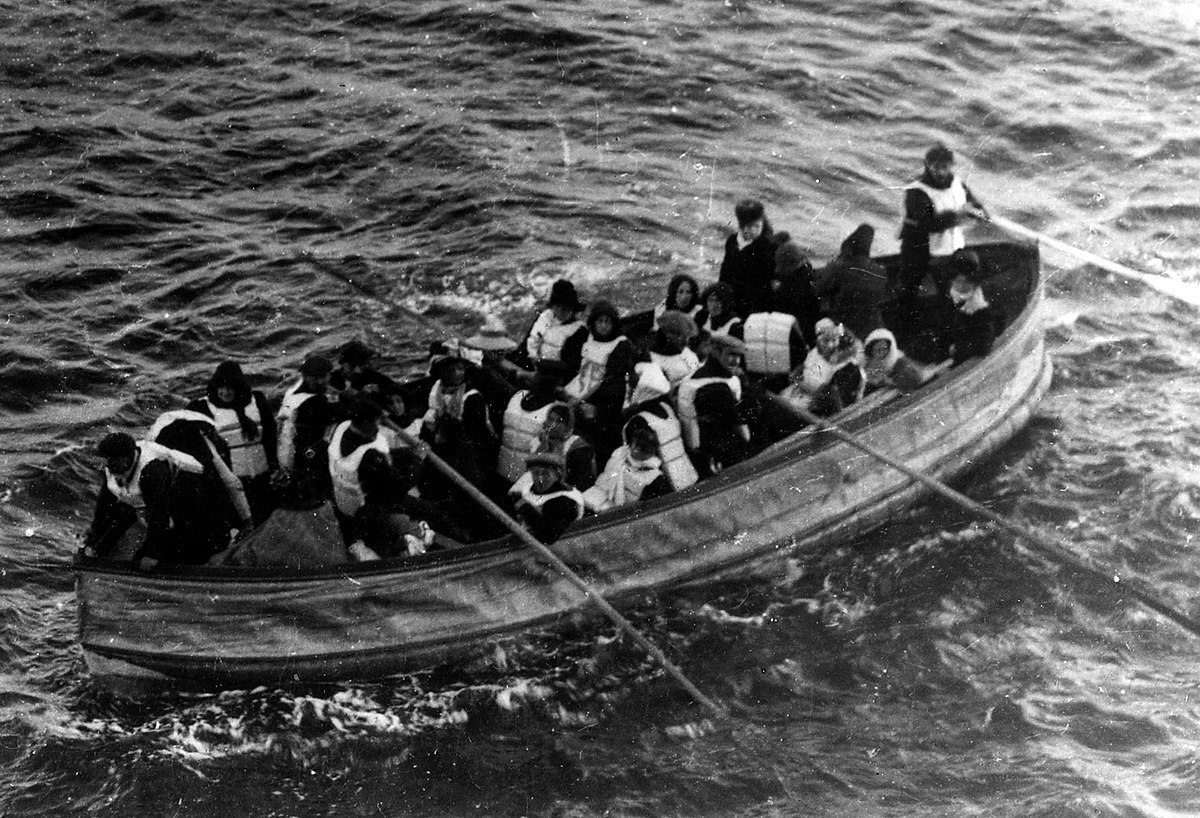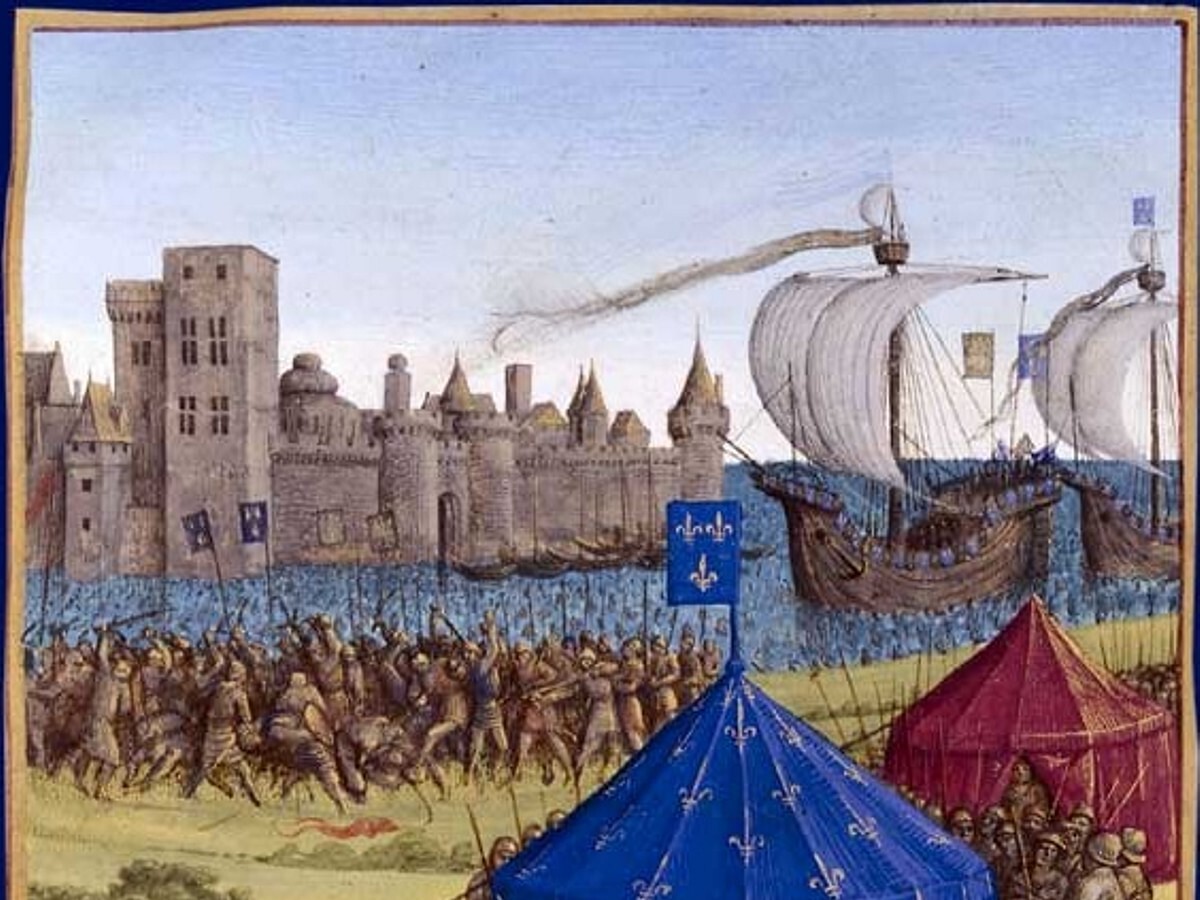
Did you know that out of the 2,224 passengers and crew on the Titanic, only 706 survived? The Titanic's tragic sinking in 1912 remains one of history's most infamous maritime disasters. Survivors' stories offer a glimpse into the chaos and heroism that night. From the bravery of crew members to the resilience of passengers, each tale adds a unique layer to our understanding of the event. Some survivors went on to live remarkable lives, while others struggled with the trauma. These facts about Titanic survivors will shed light on their experiences, challenges, and the legacies they left behind. Buckle up for a journey through history, filled with courage, heartbreak, and survival.
Key Takeaways:
- The Titanic survivors' stories of bravery and resilience continue to inspire people, showcasing the human spirit's strength in the face of tragedy.
- The Titanic disaster led to significant changes in maritime safety regulations, ensuring that such a tragedy would never happen again.
The Titanic's Ill-Fated Voyage
The Titanic, a marvel of early 20th-century engineering, set sail on April 10, 1912. Its tragic sinking has fascinated people for over a century. Here are some intriguing facts about the survivors of this historic disaster.
-
The Unsinkable Molly Brown: Margaret Brown, known as "The Unsinkable Molly Brown," helped others board lifeboats and was later rescued herself. She even took charge of Lifeboat No. 6, encouraging women to row to keep warm.
-
Violet Jessop's Luck: Violet Jessop, a stewardess, survived not only the Titanic disaster but also the sinkings of the RMS Olympic and HMHS Britannic. She became known as "Miss Unsinkable."
-
The Last Survivor: Millvina Dean, the youngest passenger on the Titanic at just nine weeks old, was also the last living survivor. She passed away in 2009 at the age of 97.
Stories of Heroism and Survival
Surviving the Titanic required not just luck but also acts of bravery and quick thinking. Here are some stories that highlight the heroism of those who lived through the disaster.
-
Charles Joughin's Resilience: Chief Baker Charles Joughin reportedly survived the icy waters for hours by drinking alcohol, which he claimed kept him warm. He was eventually rescued by Lifeboat B.
-
The Band Played On: The Titanic's band continued to play music to calm passengers as the ship sank. All band members perished, but their bravery is remembered.
-
The Selfless Act of Ida Straus: Ida Straus chose to stay with her husband, Isidor, rather than board a lifeboat without him. They were last seen sitting together on deck chairs.
Children and Families
The sinking of the Titanic had a profound impact on families, with many children and parents separated during the chaos. Here are some poignant facts about the youngest survivors.
-
The Navratil Orphans: Michel and Edmond Navratil, known as the "Titanic Orphans," were rescued and later reunited with their mother in France. Their father, who had taken them aboard under a false name, did not survive.
-
Eva Hart's Memories: Eva Hart, just seven years old at the time, survived with her mother. She later became an outspoken critic of the lack of lifeboats and safety measures on the Titanic.
-
The Caldwell Family: Albert and Sylvia Caldwell, along with their 10-month-old son Alden, survived the disaster. They were among the few families who all made it to safety.
Lifeboats and Rescue
The lifeboats played a crucial role in the survival of many passengers. However, their limited number and the chaos during the evacuation led to many tragic stories.
-
Lifeboat No. 1 Controversy: Lifeboat No. 1, also known as the "Money Boat," left the Titanic with only 12 people aboard, despite having a capacity of 40. This led to criticism and controversy.
-
The Carpathia's Role: The RMS Carpathia arrived at the scene and rescued 705 survivors. Captain Arthur Rostron and his crew were hailed as heroes for their swift response.
-
Lifeboat No. 14's Return: Fifth Officer Harold Lowe returned to the wreck site in Lifeboat No. 14 to search for more survivors, managing to save a few from the freezing waters.
Aftermath and Legacy
The aftermath of the Titanic disaster had lasting effects on maritime safety regulations and the lives of the survivors. Here are some facts about what happened after the sinking.
-
The Senate Inquiry: The U.S. Senate held an inquiry into the disaster, leading to significant changes in maritime laws, including the requirement for enough lifeboats for all passengers.
-
Survivors' Reunions: Titanic survivors held reunions over the years, sharing their experiences and keeping the memory of the disaster alive.
-
The Titanic Memorial: A memorial to the Titanic's victims and survivors stands in Washington, D.C., honoring those who perished and those who lived through the tragedy.
Personal Accounts and Memoirs
Many survivors shared their personal accounts and memoirs, providing a firsthand look at the disaster. These stories offer a unique perspective on the events of that fateful night.
-
Lawrence Beesley's Book: Lawrence Beesley, a second-class passenger, wrote "The Loss of the SS Titanic," one of the first accounts published by a survivor.
-
Archibald Gracie's Detailed Account: Colonel Archibald Gracie's book, "The Truth About the Titanic," provides a detailed and harrowing account of the sinking and his survival.
-
Ruth Becker's Story: Ruth Becker, a 12-year-old survivor, later shared her memories in interviews, describing the chaos and her eventual rescue.
The Titanic's Impact on Popular Culture
The Titanic disaster has left an indelible mark on popular culture, inspiring countless books, movies, and documentaries. Here are some facts about how the story of the Titanic has been portrayed.
-
James Cameron's Film: The 1997 film "Titanic," directed by James Cameron, became one of the highest-grossing movies of all time and brought the story to a new generation.
-
"A Night to Remember": The 1958 film "A Night to Remember," based on Walter Lord's book, is considered one of the most accurate portrayals of the disaster.
-
Titanic Exhibits: Museums and exhibits around the world, including the Titanic Belfast museum, showcase artifacts and stories from the Titanic, keeping the memory of the disaster alive.
Unsolved Mysteries and Theories
Despite extensive research, some aspects of the Titanic disaster remain shrouded in mystery. Here are some intriguing facts about the unsolved mysteries and theories surrounding the sinking.
-
The Mystery of the Unknown Child: For years, the identity of a young boy's body recovered from the wreck remained unknown. In 2007, DNA testing identified him as Sidney Leslie Goodwin, a 19-month-old English child.
-
The Californian's Role: The SS Californian was nearby but did not respond to the Titanic's distress signals. The reasons for this remain a topic of debate and speculation.
-
The Fire Theory: Some researchers believe a coal fire in one of the Titanic's bunkers weakened the ship's hull, contributing to the disaster. This theory adds another layer to the tragedy.
The Human Spirit
The Titanic disaster showcased the resilience and strength of the human spirit. Here are some facts that highlight the courage and determination of the survivors.
-
The Heroic Efforts of the Crew: Many crew members, including Captain Edward Smith, stayed on board to help passengers, sacrificing their lives in the process.
-
Survivors' Advocacy: Some survivors, like Eva Hart, became advocates for maritime safety, ensuring that the lessons of the Titanic were not forgotten.
-
The Lifelong Impact: The trauma of the disaster affected survivors for the rest of their lives, with many experiencing nightmares and anxiety long after the event.
The Titanic's Influence on Maritime Safety
The Titanic disaster led to significant changes in maritime safety regulations, ensuring that such a tragedy would never happen again. Here are some facts about the lasting impact on maritime safety.
-
The International Ice Patrol: Established in 1914, the International Ice Patrol monitors iceberg dangers in the North Atlantic, a direct result of the Titanic disaster.
-
Lifeboat Regulations: New regulations required ships to carry enough lifeboats for all passengers, addressing one of the critical failures of the Titanic.
-
The SOLAS Convention: The International Convention for the Safety of Life at Sea (SOLAS) was established in 1914, setting minimum safety standards for ships worldwide.
The Titanic's Wreck
The discovery of the Titanic's wreck in 1985 provided new insights into the disaster and sparked renewed interest in the story. Here are some facts about the wreck and its exploration.
-
Robert Ballard's Discovery: Oceanographer Robert Ballard and his team discovered the Titanic's wreck in 1985, nearly 73 years after it sank.
-
The Condition of the Wreck: The Titanic's wreck lies in two main pieces on the ocean floor, with much of the ship remarkably well-preserved despite the passage of time.
-
Artifacts Recovered: Numerous artifacts have been recovered from the wreck, including personal items, pieces of the ship, and even unopened bottles of champagne.
The Titanic in Modern Times
The story of the Titanic continues to captivate people around the world, with new discoveries and research shedding light on the disaster. Here are some facts about the Titanic in modern times.
-
Ongoing Research: Researchers continue to study the Titanic's wreck, using advanced technology to uncover new details about the ship and its sinking.
-
Titanic Expeditions: Expeditions to the Titanic's wreck site offer a unique opportunity for researchers and enthusiasts to explore the ship's remains firsthand.
-
The Titanic II Project: An ambitious project aims to build a replica of the Titanic, known as Titanic II, which will follow the original ship's route and serve as a floating museum.
-
The Titanic's Enduring Legacy: The Titanic disaster remains a powerful reminder of the fragility of human life and the importance of safety and preparedness in all endeavors.
Final Reflections on Titanic Survivors
Titanic survivors' stories offer a glimpse into a tragic yet fascinating chapter of history. These individuals faced unimaginable challenges, yet their resilience and courage shine through. From the bravery of crew members to the determination of passengers, each story adds depth to our understanding of that fateful night.
Survivors like Molly Brown and Harold Bride became symbols of strength, while others quietly rebuilt their lives. Their experiences remind us of the human spirit's capacity to endure and overcome adversity. These tales also highlight the importance of safety regulations and advancements in maritime travel.
By remembering these survivors, we honor their legacy and ensure that the lessons learned from the Titanic disaster continue to resonate. Their stories are not just historical footnotes but powerful reminders of human resilience and the enduring quest for safety and progress.
Frequently Asked Questions
Was this page helpful?
Our commitment to delivering trustworthy and engaging content is at the heart of what we do. Each fact on our site is contributed by real users like you, bringing a wealth of diverse insights and information. To ensure the highest standards of accuracy and reliability, our dedicated editors meticulously review each submission. This process guarantees that the facts we share are not only fascinating but also credible. Trust in our commitment to quality and authenticity as you explore and learn with us.


